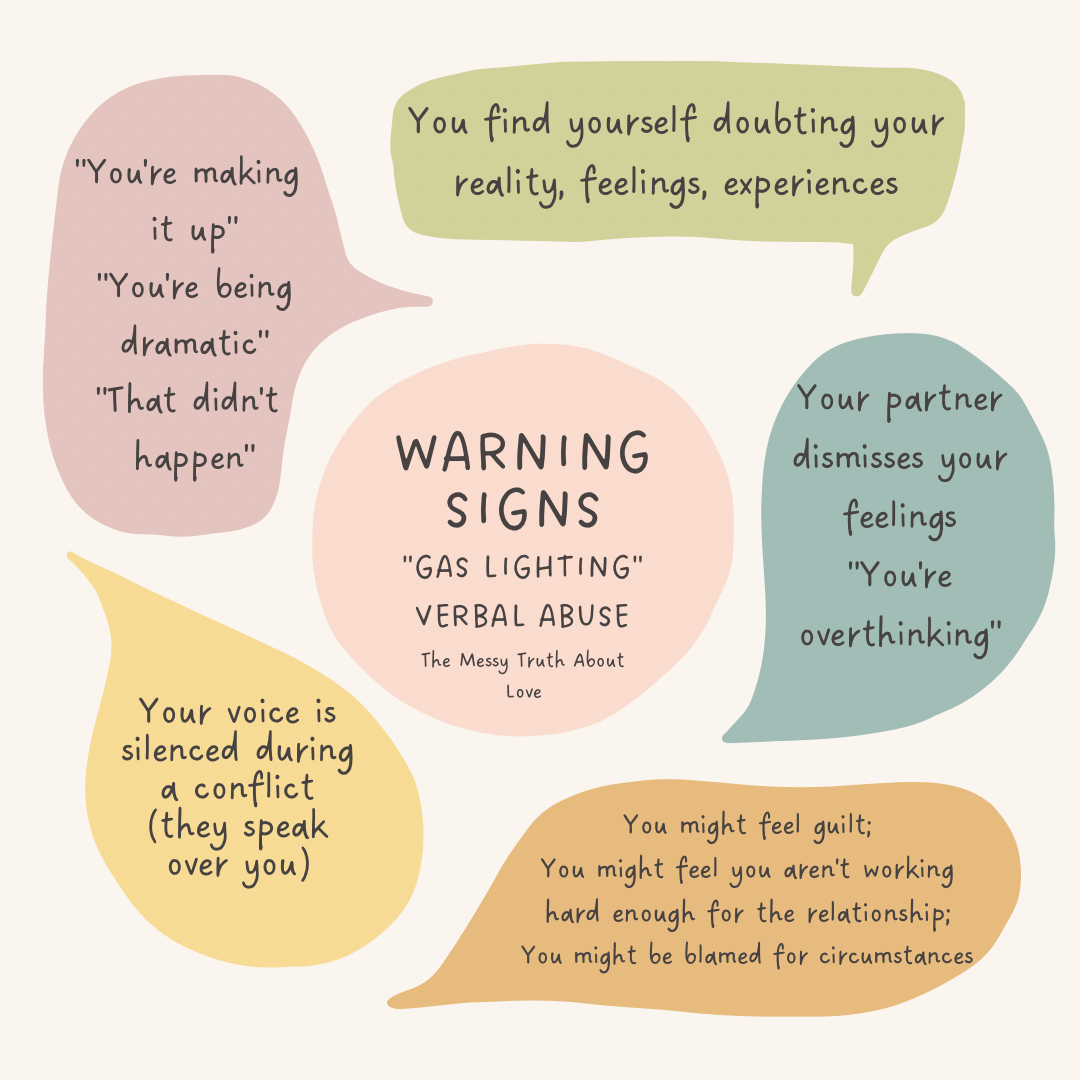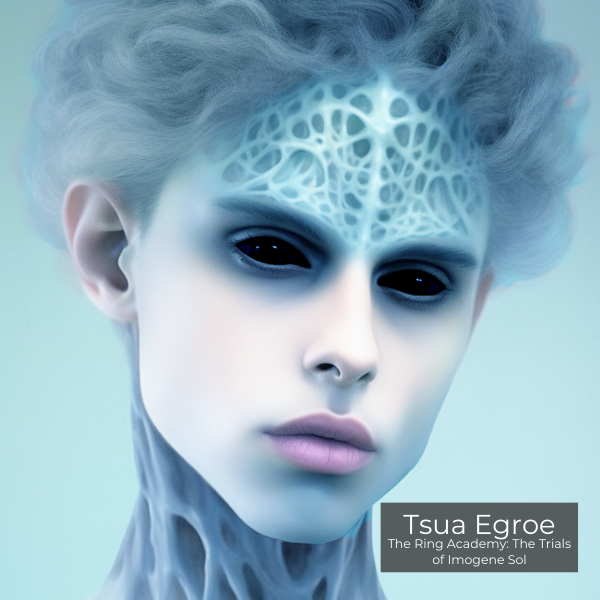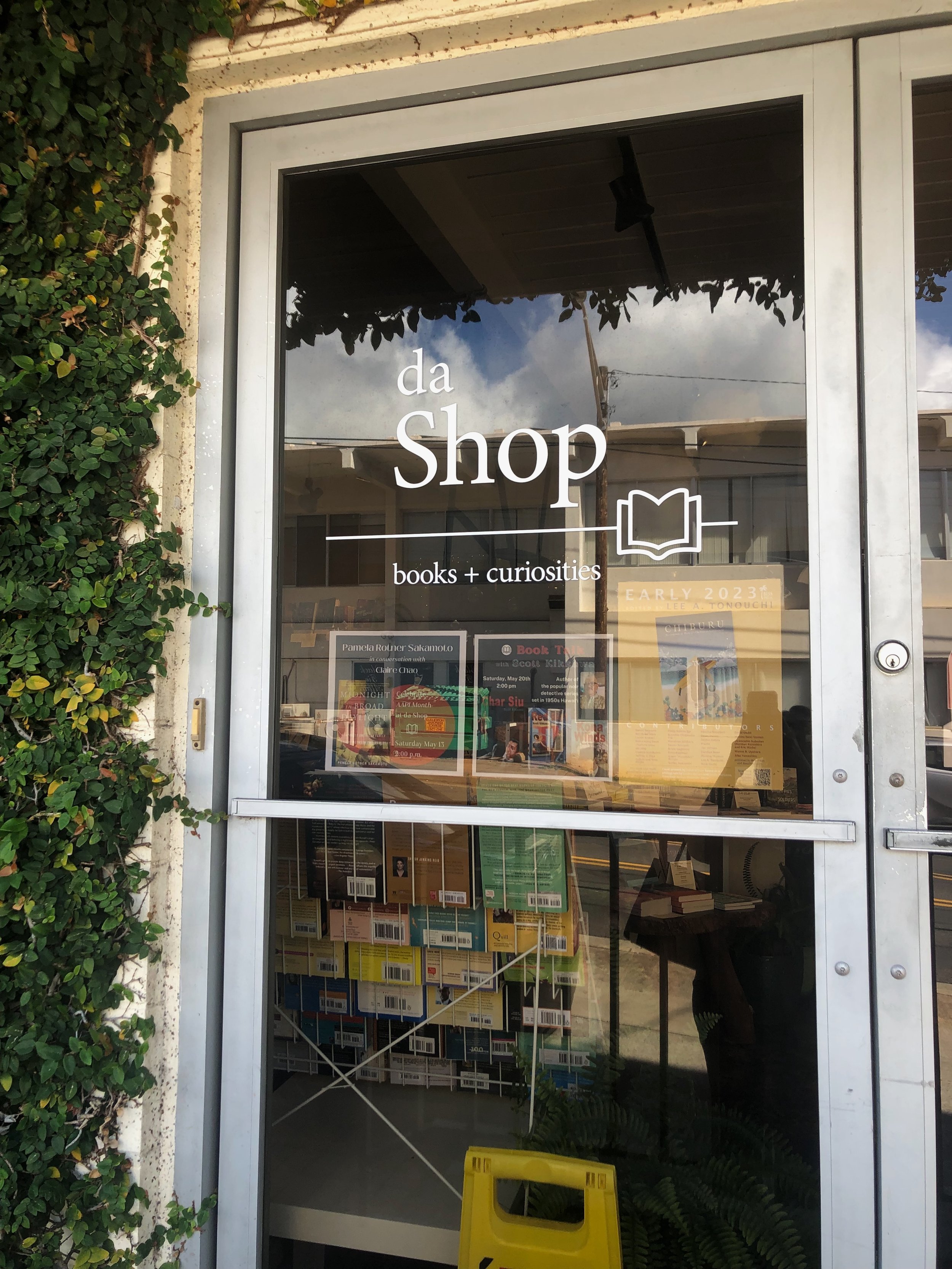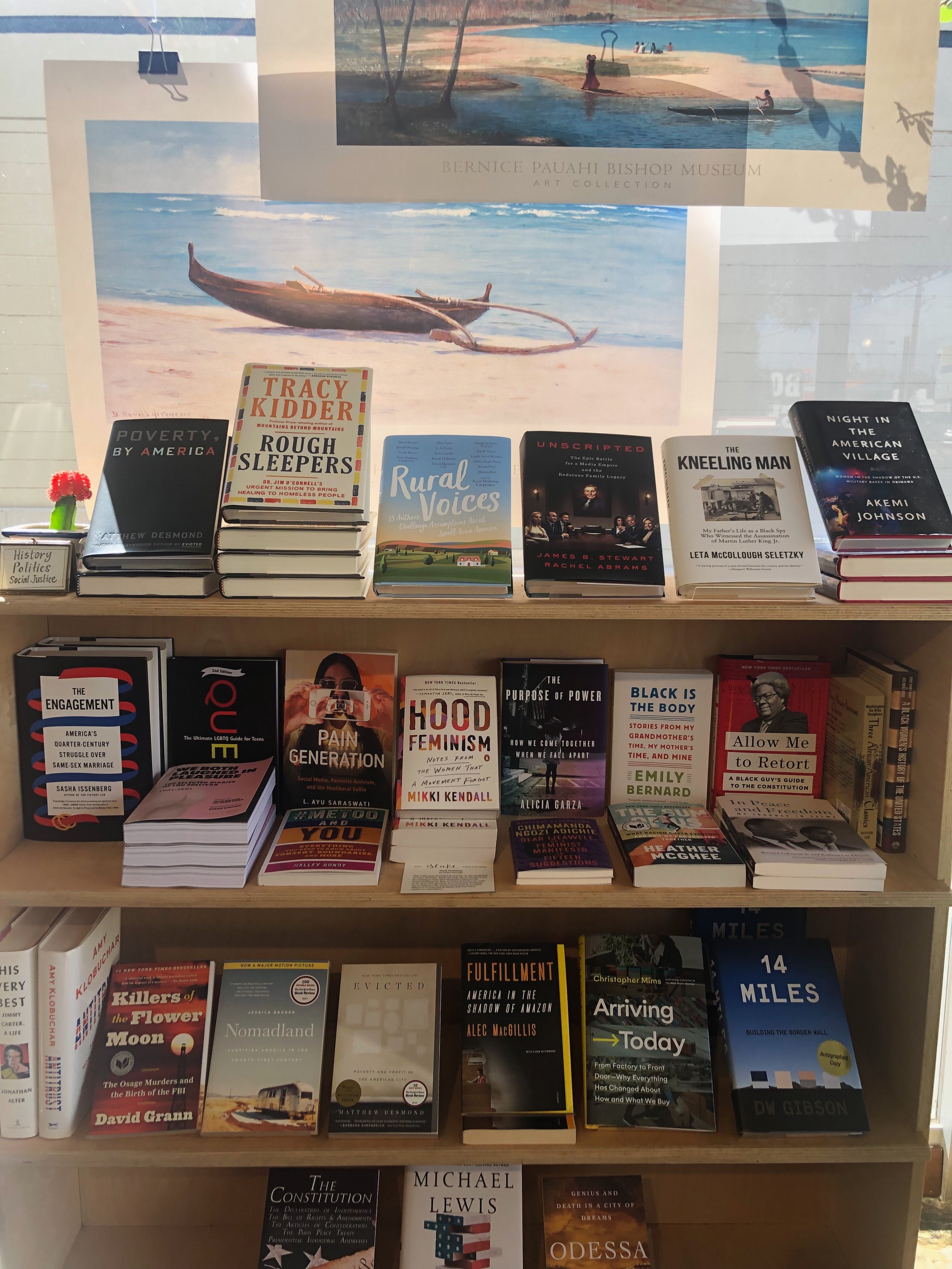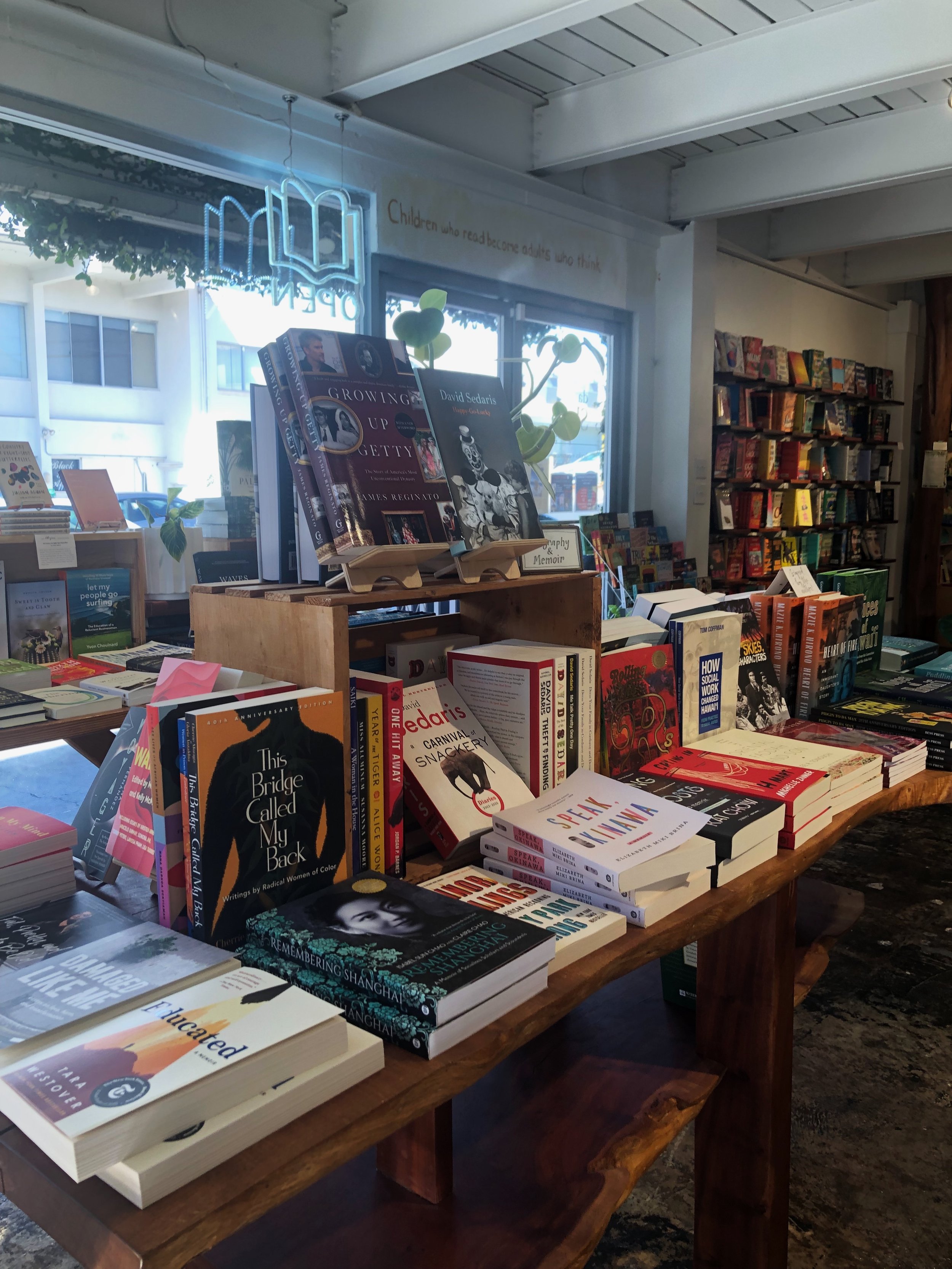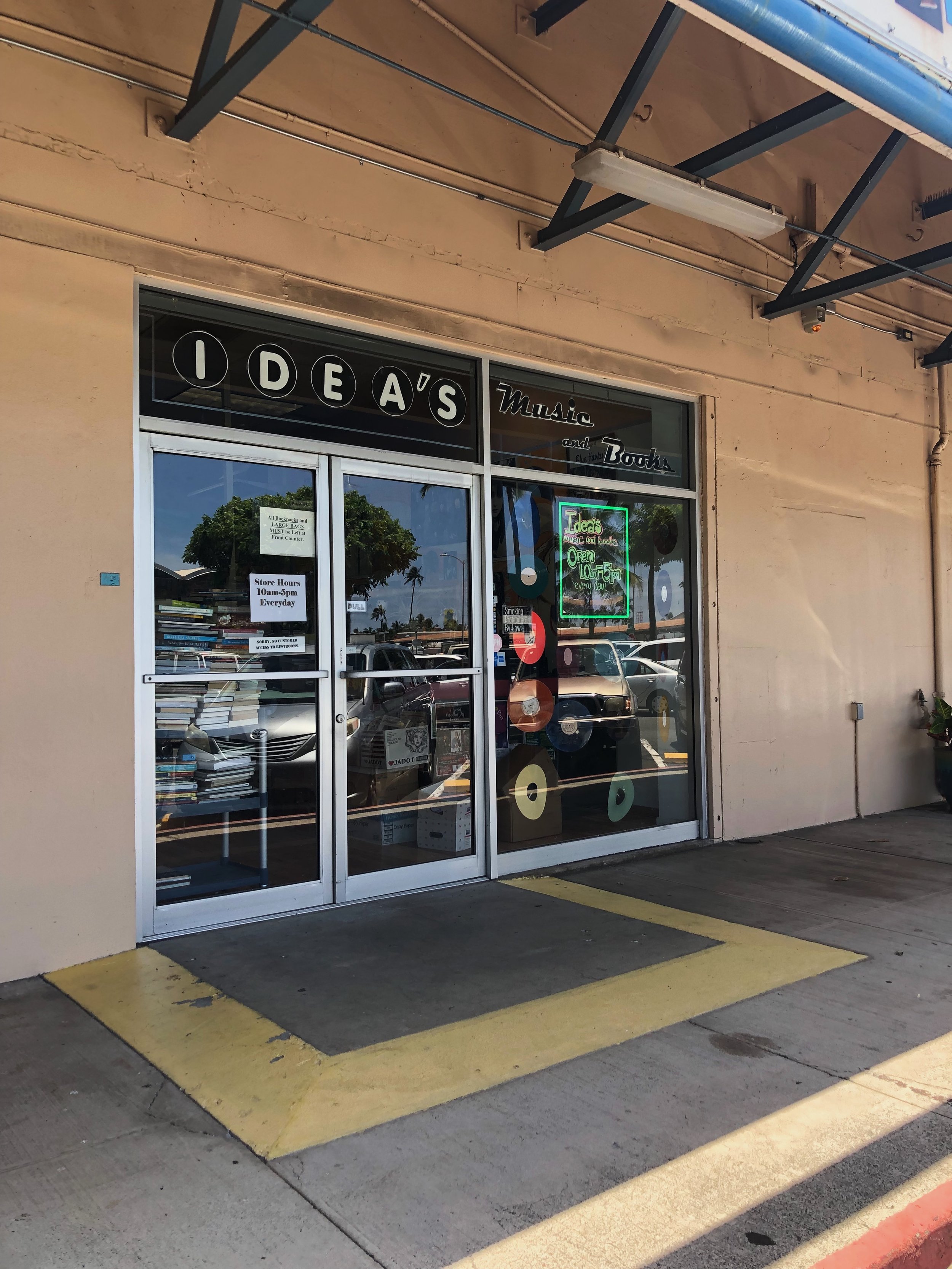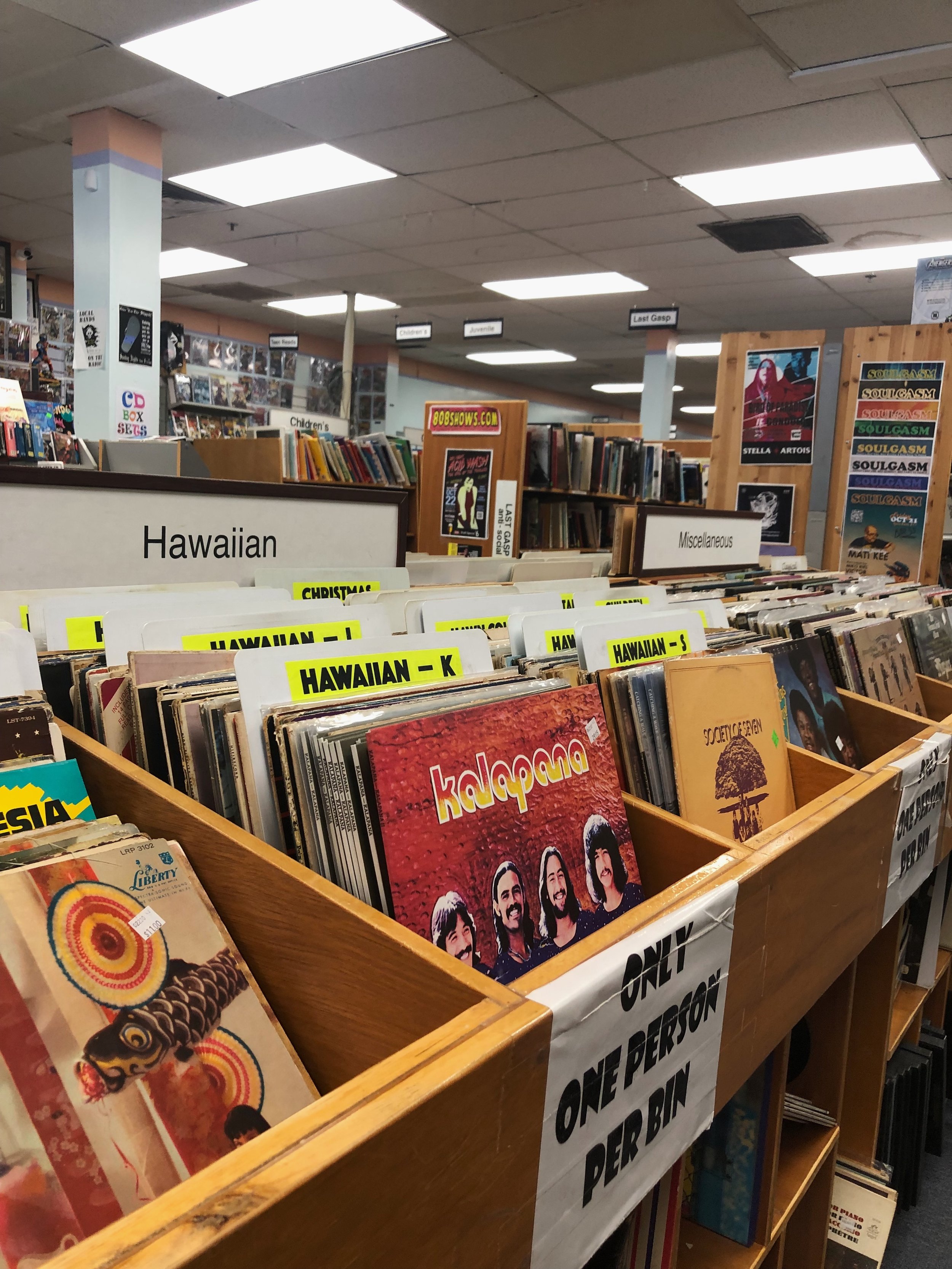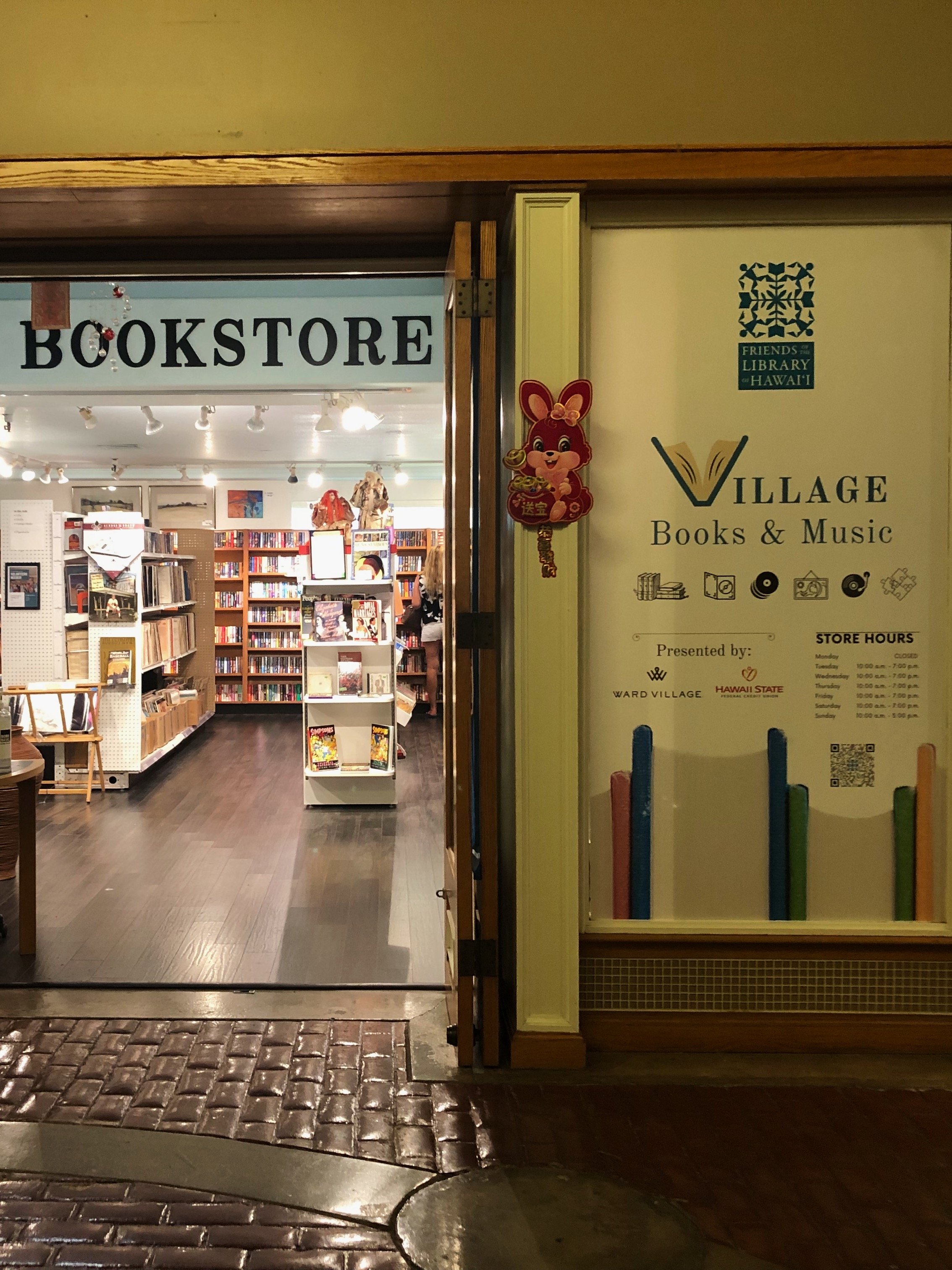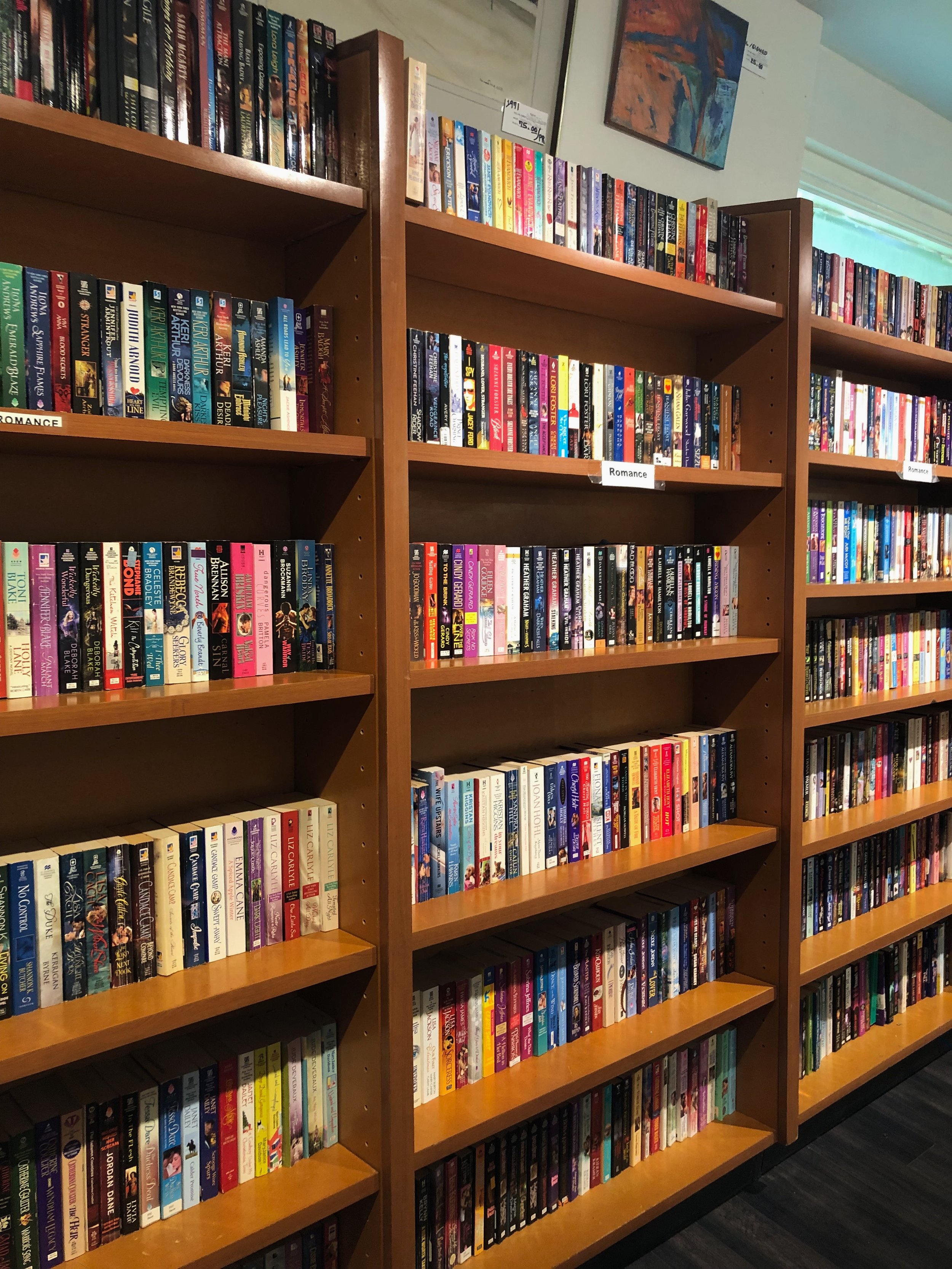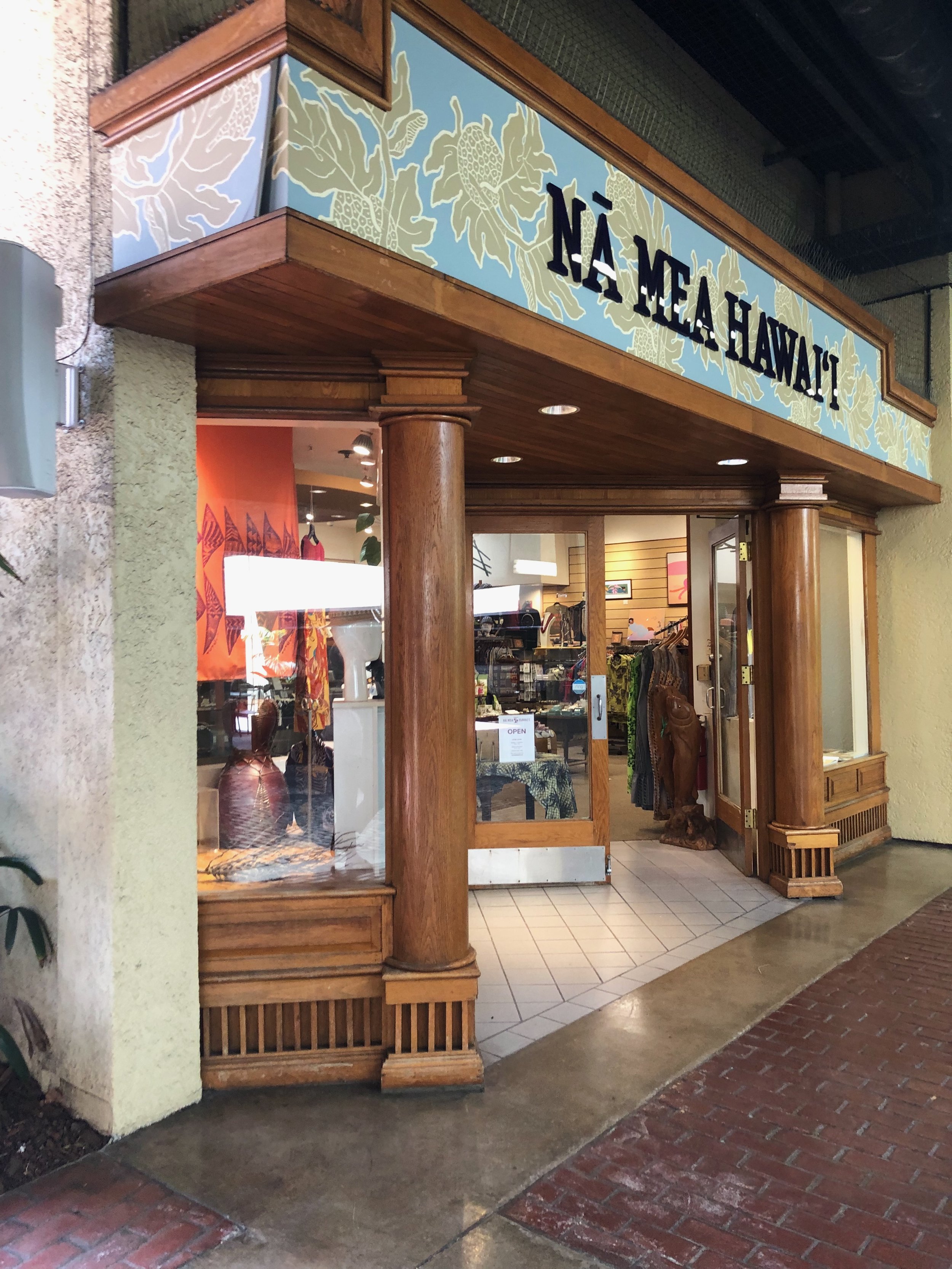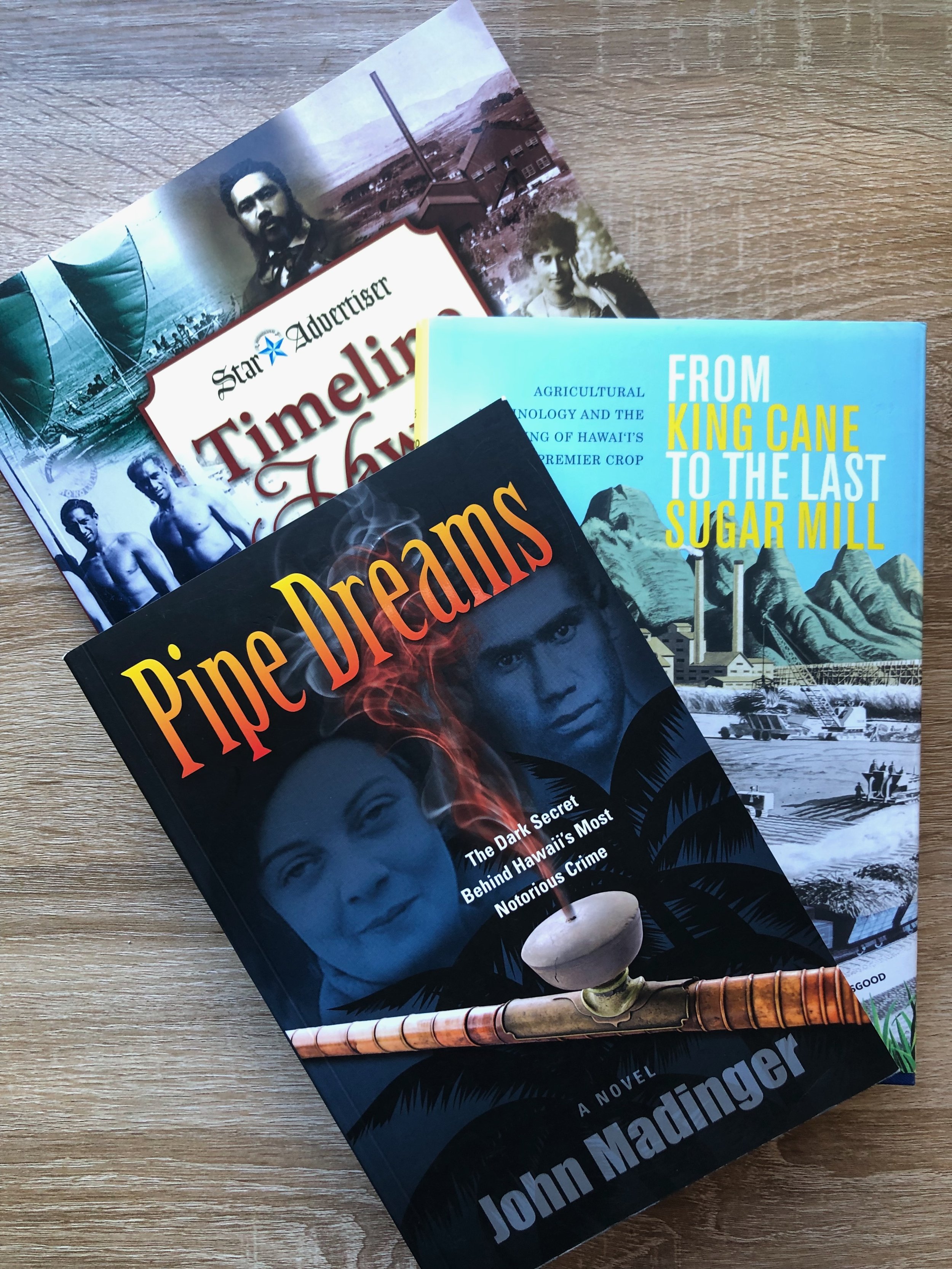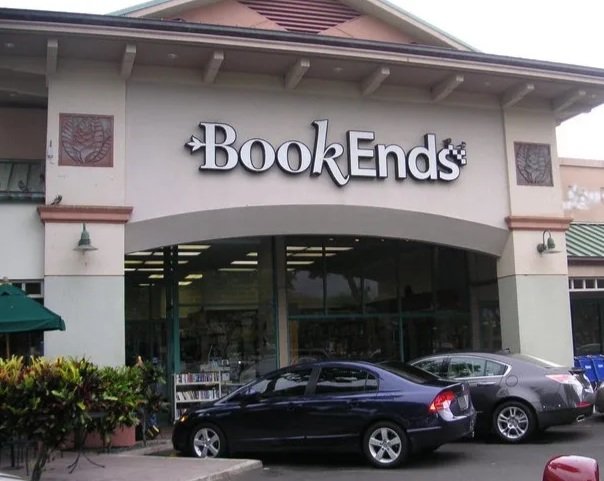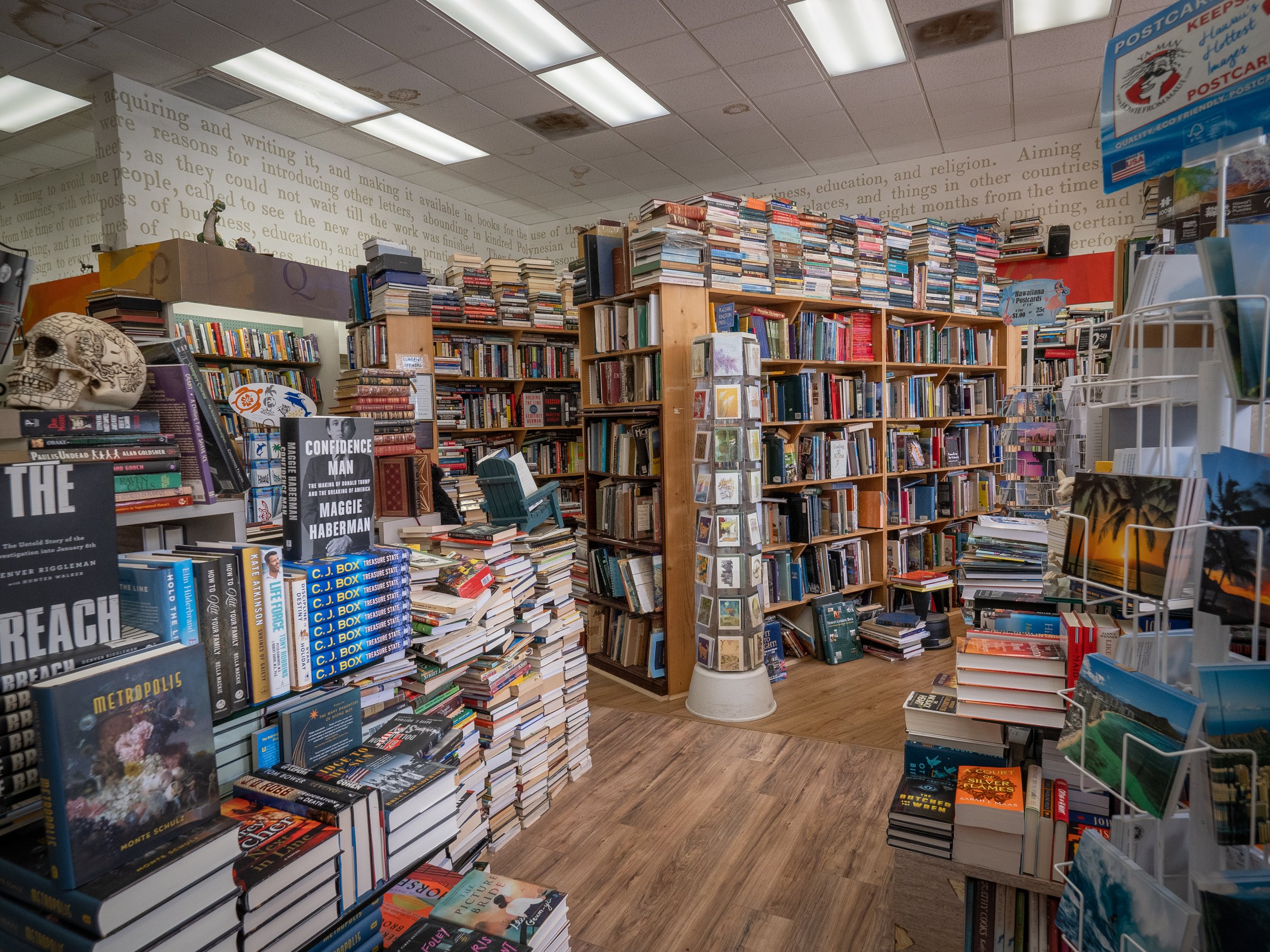During my junior year in high school, I went through a breakup with a long-term boyfriend of over a year (which hadn’t been a very healthy relationship and is a story in and of itself). I wasn’t in a very good place emotionally and my confidence was at an all-time low.
I wasn’t in a place to date…
My confidence and sense of self was at an all-time low.
I didn’t share these things with anyone. I think maybe at that time in my life, I was under the impression that I should have it “all together” because I thought the people around me did. I didn’t talk to my parents (because the confusion about dating, relationships, and sexuality weren’t discussed beyond the “religious” lens and often left me feeling guilty and confused). My friends had sort of exploded and we were shrapnel spread out, though not because of anything dramatic but rather the natural drifting on the winds of changing ideologies and exciting, new relationships. Add to it that I was embarrassed; I’d had sex for the first time with that long-term boyfriend, believing that relationship was going to be “forever”, and it was only weeks later he broke up with me.
I was the stereotype.
Sometime later, when a new boy asked me out—a friend—I agreed. I believed he was a nice guy, and I thought getting to know him a bit more was a good thing. He had a ready smile, a nice sense of humor, and was cute. We started hanging out more in the normal ways: spending time at school flirting and laughing, exchanging notes written on notebook paper in the hallway between classes, and talking on the phone (this is before cell phones). We even went out in a group setting several times before finally venturing out on a date between the two of us. I can’t even tell you where it was, but I know we ended up at his house to watch TV. Somehow, during the course of watching TV, we shared our first kiss.
It wasn’t great. There were no fireworks or butterflies. No chemistry at all.
My brain screamed: disengage! I pulled away from him, and because I’d been taught to be a nice girl and to spare another’s feelings, I did my best to extricate myself from the intimate situation with as much grace as I could muster. Only he didn’t read the cues. Instead, he grabbed my hand and put it on his junk; then he proceeded to hold my hand against him to try and force me to give him a hand job.
I said “no”, pulled away, and fled the scene (thankfully, I’d driven) disturbed by the events. Had I missed something? What had I done wrong? Did I make him think that was okay? I thought he was nice! Why had he tried to force me to do something like that?
The next day, I told him I didn’t like him in “that” way and hoped we could remain friends (current me scoffs and rolls her eyes). We didn’t. He was a jerk to me after. Rather than having the ability to see that he had been the one in the wrong—consent, nonexistent—I took his dismissal of me as my failure.
Fast forward to now—and without getting into the bigger issue of consent, sex assault, and the inappropriateness of my self-blame (because these are separate things)—the experience reminds me how important it is to be in a positive headspace as an individual when starting a new relationship. That doesn’t mean, of course, that people don’t bring experiences that hurt them, impact their sense of self, so on and so forth, into a relationship. That’s impossible. It also doesn’t mean that the right person potentially can support our growth through trauma. In this instance, however, I wasn’t in a healthy headspace to walk into a relationship with this immature, young man. My struggle to see my own worth provided me the perfect means to focus on my shortcomings rather than trust my instincts. I’d lost my sense of self, lost all my confidence in what I believed and what I thought I knew. I was grappling with guilt over my own sexuality and was in over my head without the tools necessary to advocate for myself, to be clear about what I deserved and wanted, as well as what kind of treatment to demand from a partner.
Hindsight is 20/20, of course.
Perhaps my hindsight can be your foresight.
If I had access to a time machine and I could go back for a do-over, I wouldn’t have gone out with him in the first place. I would have thanked him for being my friend, but told him I wasn’t in a place to date anyone. The truth was, I didn’t have feelings beyond friendship for him, but I appreciated his attention considering the pain of being dumped and how raw I felt. A horrible combination. Had there been sparks or chemistry (thank goodness there weren’t, I was primed to accept the manipulation of a lovebomb or the eventual unhealthy stance of a possible abuser [not that this young man fit either of these descriptions, nor do I presume this is who he was beyond our failed date]). And, if I had had a mentor to offer advice, I hope they might have told me: Perhaps hold off on dating anyone until you navigate the feelings you're feeling about your ex and you deserve more than what you’re telling yourself.
The sad news is that I didn’t do any of those things, and this experience primed me for several more unhealthy relationships (current me is shaking her head). It’s embarrassing, but I don’t think I’m probably alone. On a positive note, however, if I could help to make the awful cycle stop, I’ll offer these mentorship tips now:
If you’re struggling with a break-up, hold off dating anyone. You need to reconnect to your inner-strength. Allow it to bloom and feed you before dating and sharing it with another.
Don’t allow someone else to determine your self-worth.
Expect more, not less.
Don’t make excuses for your partner, and recognize your feelings are valid.
Speak up. Stand up. Walk away (when the behaviors your partner exhibits are problematic, disrespectful, and/or isolating).
Don’t silence your inner-voice; trust your instincts.
In the new book, The Messy Truth About Love, I get the opportunity to offer a contrast between what’s healthy in a relationship with an unhealthy version of one—a sort of mentor to my fictional characters (LOL). Hannah is two months removed from a relationship when she reconnects with her high-school-crush Seth in The Messy Truth About Love. I’m not sure she follows my six point advice here, but she’s on the mend as she runs into Seth, so we get to witness her grow through it with Seth as one of her mentors. This story had difficult moments to write, but important ideas, nonetheless. Be aware of trigger warnings before you pick it up (which I’ve published here, but there are spoilers). The Messy Truth About Love comes out September 6, and if you’re interested in some deleted scenes, here’s a link.





